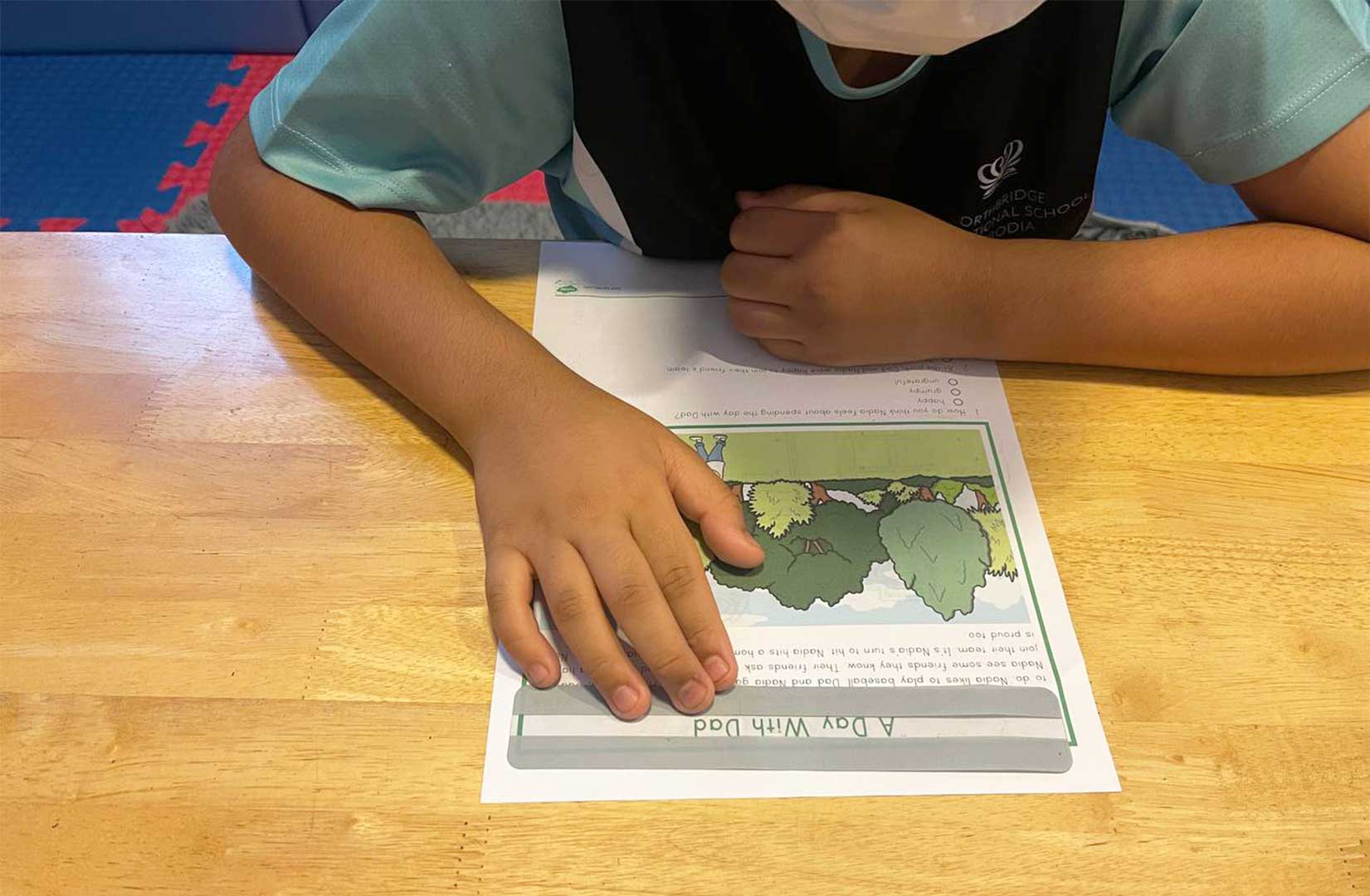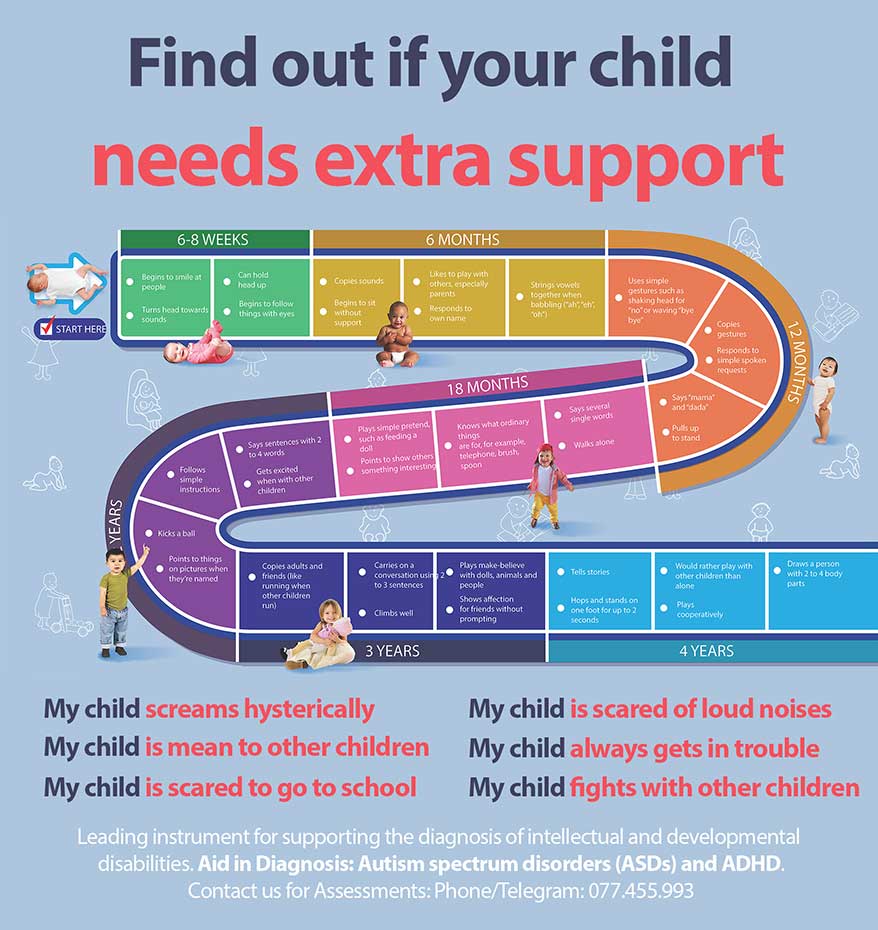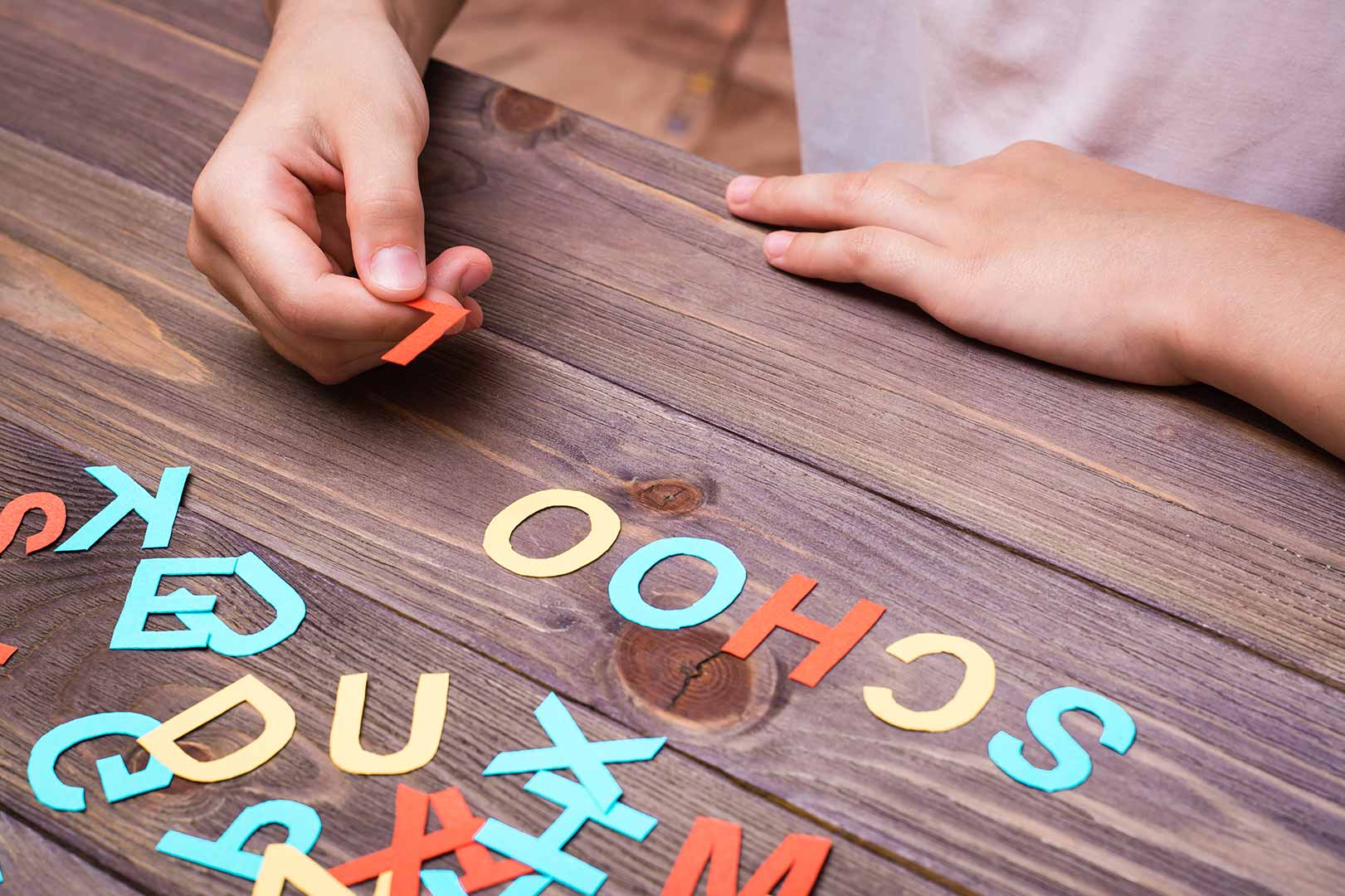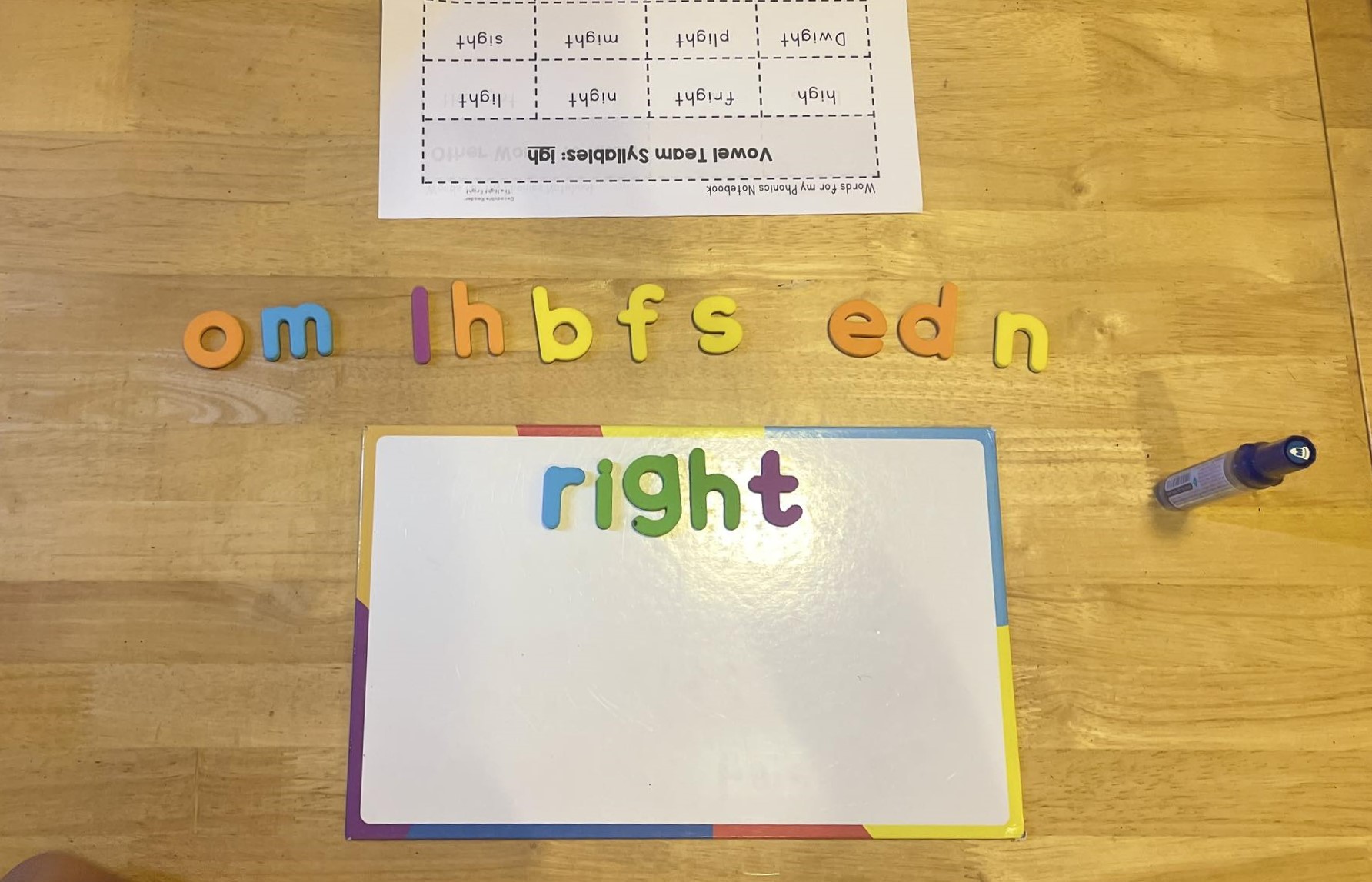One of the most important things to keep in mind when teaching kids with dyslexia is to use a multisensory approach. This means engaging all of the child’s senses in the learning process. For example, you might have the child trace the letters of a word with their finger while saying the word aloud. Or, you might have the child write the word in sand while saying the word and feeling the texture of the sand.
Multisensory instruction can help children with dyslexia learn to associate letters with sounds and words. It can also help them to remember words and improve their reading comprehension.
Phonics Instruction
Phonics is another important component of teaching kids with dyslexia to read. Phonics is the process of matching letters to sounds. Children with dyslexia often have difficulty with phonics, so it is important to teach them phonics in a slow and systematic way.
There are many different phonics programs available. When choosing a phonics program, it is important to select one that is research-based and has been proven to be effective for children with dyslexia.
Systematic and Explicit Instruction
Systematic and explicit instruction is also important for children with dyslexia. Systematic instruction means teaching reading skills in a logical order, from the most basic skills to the more complex skills. Explicit instruction means teaching reading skills in a clear and direct way, leaving no room for guesswork.
When teaching reading skills to children with dyslexia, it is important to break the skills down into small steps and to provide plenty of practice. It is also important to provide the children with feedback on their progress.
Accommodations and Strategies
There are a number of accommodations and strategies that can help children with dyslexia succeed in the classroom. Some common accommodations include:
- Providing extra time on tests and assignments
- Allowing the child to use a computer or tablet to read and write
- Providing the child with access to audiobooks
- Breaking down assignments into smaller steps
Some common strategies that can help children with dyslexia succeed in the classroom include:
- Using visual cues and other multisensory materials
- Providing the child with opportunities to practice reading and writing in a variety of contexts
- Teaching the child comprehension strategies, such as making predictions and asking questions
- Building the child’s self-confidence and motivation
Conclusion
Teaching kids with dyslexia to read can be challenging, but it is definitely possible. By using a multisensory approach, phonics instruction, and systematic and explicit instruction, parents and educators can help children with dyslexia succeed in the classroom and beyond.
Find out if your child needs extra support today!
- My child screams hysterically
- My child is mean to other children
- My child is always worried
- My child is scared to go to school
- My child is scared of loud noises
- My child doesn’t know how to read
- My child is scared to play outside
- My child does not respond to his name
- My child always gets in trouble
- My child fights with other children
- My child doesn’t know how to count
If you are concerned about your child’s development, contact us for Assessments: Phone/Telegram: 077.455.993 – Telegram Link: https://t.me/OrbRom
If you are concerned about your child’s development, contact us for Assessments.
Phone/Telegram: 077.455.993 Link: https://t.me/OrbRom






Leave A Comment